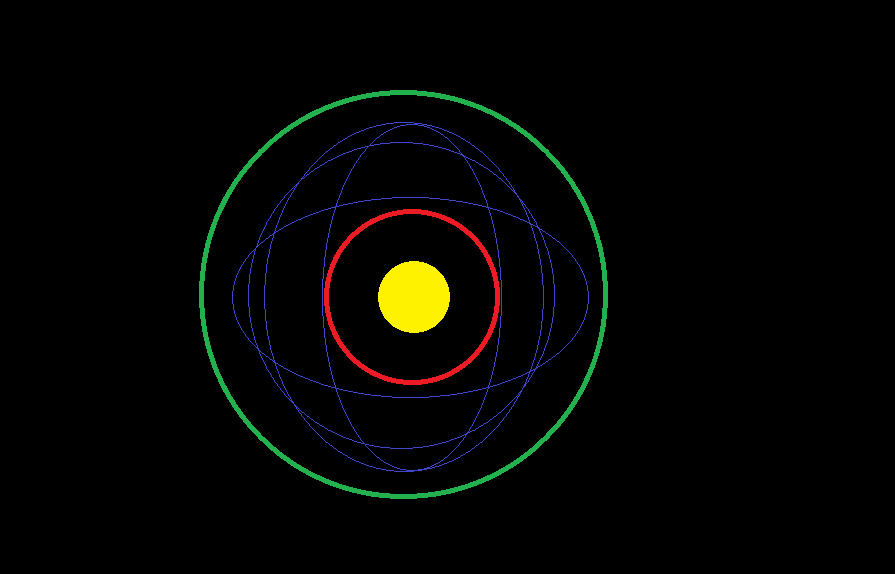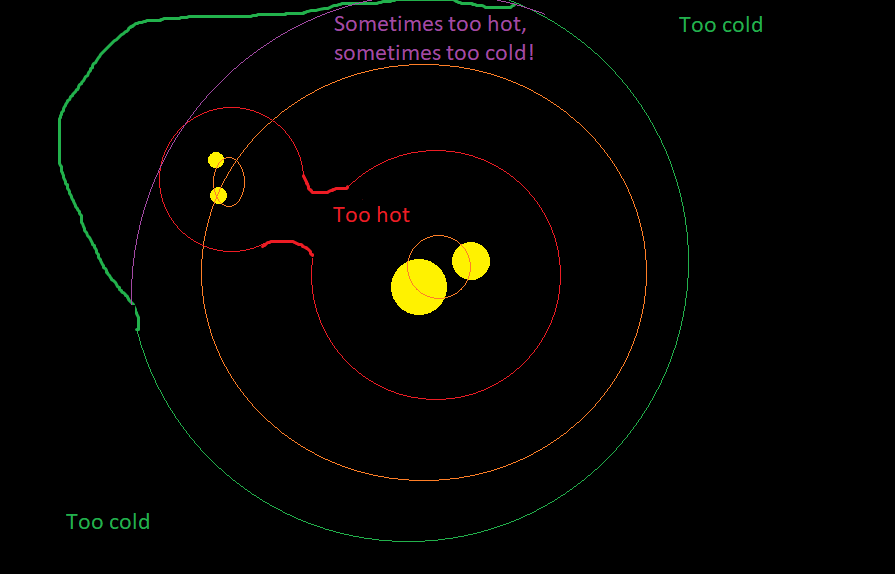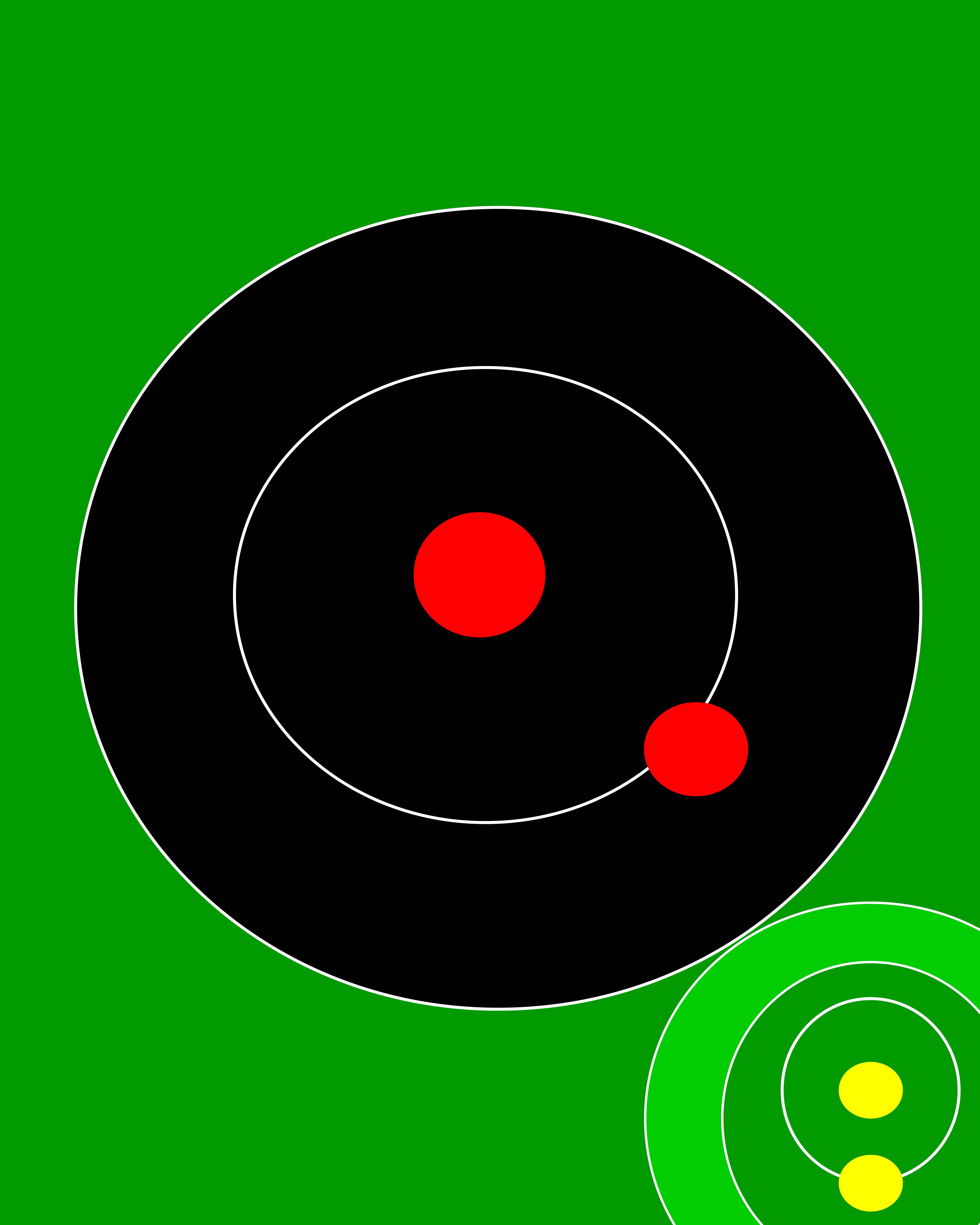The "Habitable zone" concept becomes "The collection of all habitable orbits"
The habitable zone is a simplification depicting 2 circles around a sun (or barycentre of N suns) representing the boundaries on the possible orbits that could sustain life:

By defining the red and green circles, all those blue orbits (and infinitely more) are defined as "habitable"
This concept only applies to your 4-star system in three very special cases:
When the suns are really really hot and the habitable zone is very far away from your diagram, you get a really zoomed out version:

When two of the suns are very far away that they don't contribute much heat and can be ignored:

Or when the suns are weak, and the planet's atmosphere is thick and an extreme insulator that can hold heat for a full year (think venus here), you can theoretically have nested rings of habitability zones depending on the temperature gradient:

However none of these special cases probably apply to your system, your habitability zone probably can't be described using radii alone.
Consider this snapshot I just drew in mspaint - both the areas which are too hot, and areas which are too cold are not circles and the whole shape rotates, and there is no single circle which doesn't pass through through either boundary:

There is no single radius circular orbit that stays between the too hot and too cold mark.
There are still infinitely many orbits - including lots of elliptical ones, and circular ones with a specific phase, but they all have an orbit with the same period as the other sun pair, eg:

This ensures that the planet never cross the red line on its orbital ring. The 5 most stable (and I use that term loosely) of these are the Lagrange points:

Assuming the blue and yellow spheres in this diagram are your sun barraycentres: L1 only is a habitable orbit if your suns are weak enough / far enough away from each other, the other 4 are some of the habitable orbits.








